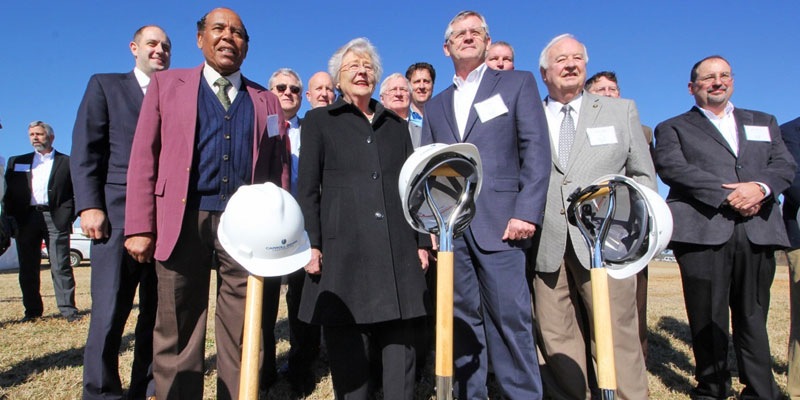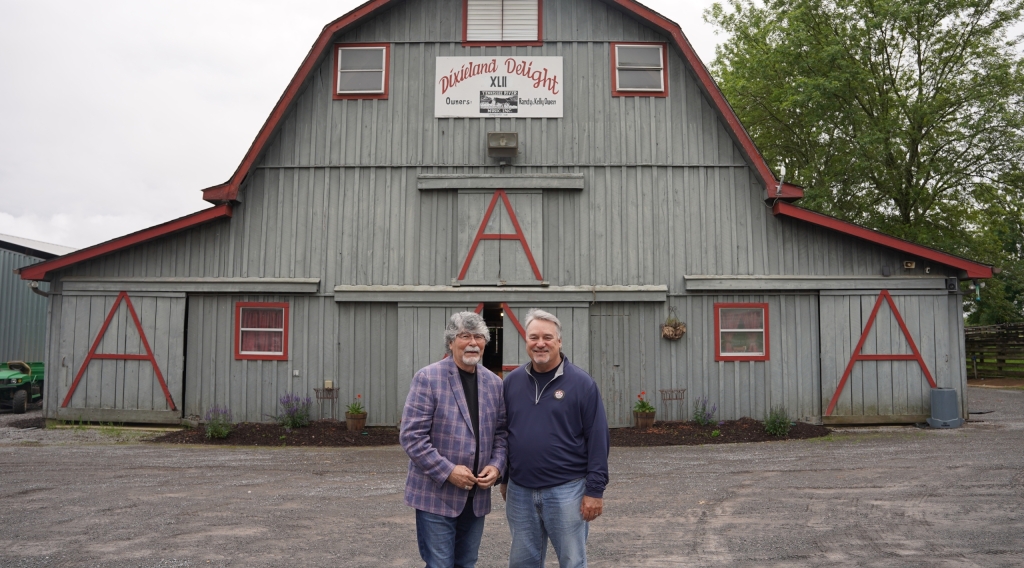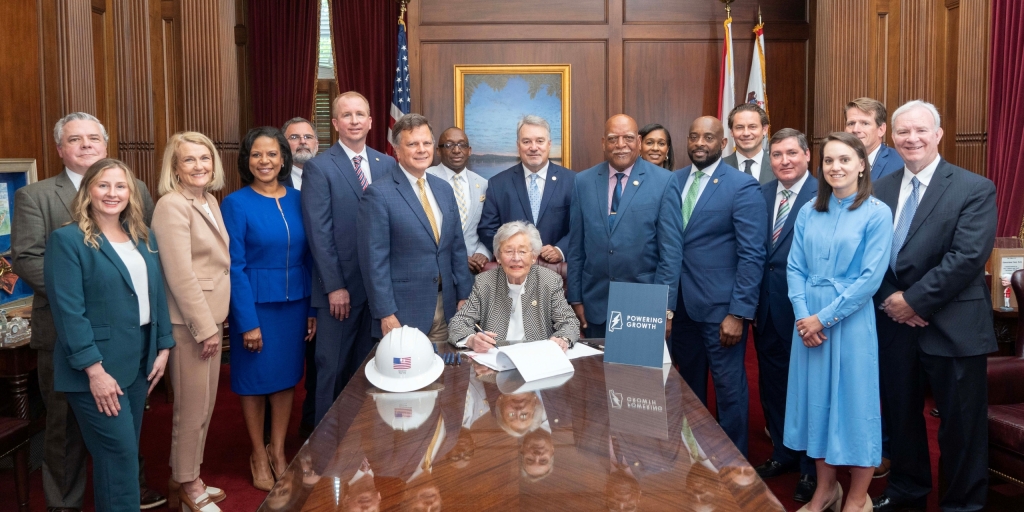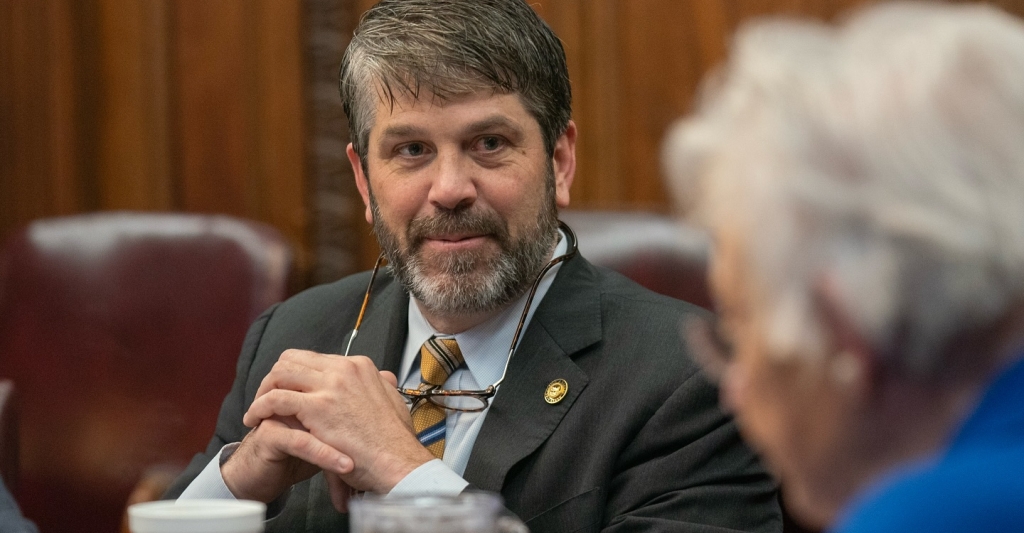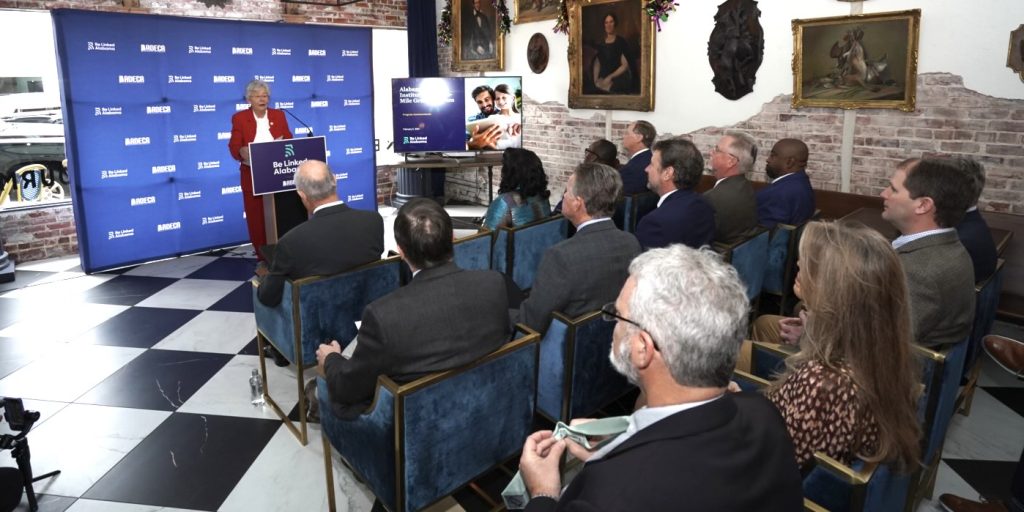Alabama’s economic development community is bringing special attention to rural counties in an effort to elevate the entire state.
A new Alabama Rural Development Initiative is gaining traction and for the first time ever, a Rural Economic Development Conference is being held in the state Jan. 29-30.
Geographically speaking, rural Alabama makes up the majority of the state with 40 of the 67 counties falling in the category defined by having a population of less than 50,000.
Key organizations say if Alabama is to prosper, it must change the fortunes of those counties, which suffer from dwindling populations, poor workforce participation and a lack of education and necessary skills.
EDAA Rural Development Initiative targets jobs for rural Alabama from Alabama NewsCenter on Vimeo.
The Alabama Department of Commerce, the Economic Development Association of Alabama (EDAA) and the Economic Development Partnership of Alabama (EDPA) are leading the effort, joined on the initiative steering committee by Alabama Power, PowerSouth, Regions Bank, ALFA, Blue Cross and Blue Shield of Alabama, North Alabama Industrial Development Association, Spire and Southeast Gas.
That’s a lot of horsepower, boosted further by a chairman who was once the speaker of the Alabama House of Representatives.
“Alabama has a problem and we’re trying to address that problem through this Rural Development Initiative,” said Seth Hammett, chairman of the Alabama Rural Development Initiative. “We’re trying to find ways in each of five chosen regions we can show how Alabama can reverse this trend. I don’t know if this is going to work or not, but shame on us if we don’t at least try.”
A rural economic development panel at the EDAA’s 2020 Winter Conference in Montgomery this week presented many of the dire statistics but also presented an aligned effort to address the needs.
More and more emphasis has been placed on rural economic development in the state in recent years. Special tiered incentives are meant to entice companies to locate in rural counties. The Rebuild Alabama plan will bring much-needed infrastructure improvements to all areas of the state, including rural Alabama. Workforce strategies, education initiatives and prepared sites are among the issues officials aim to address.
Some of the issues have been known for years.
“It’s about time, after all of this talk about doing something, that we finally try and see if we can’t reverse this trend,” Hammett said.
The Rural Development Initiative is finishing its work with the first region where it has drafted a strategic plan.
“We call it a strategic plan, but you can also call it a ‘to do list,’” Hammett said. “We want to say, if you want to reverse this trend in your area, in your region, this is what you need to do.”
Brian Hilson is rural development strategist with the EDAA. The former head of the Birmingham Business Alliance and the Huntsville-Madison County Chamber of Commerce brings a wealth of experience to the rural initiative.
Hilson’s work with EDAA is more strategic than the efforts from the Commerce Department, which is more tactical, boots-on-the-ground in its approach.
Hilson said the challenges of rural Alabama are well-known, but they aren’t the full story.
“There have been a lot of recent successes as well,” he said. “We’ve had fantastic industrial announcements in Sumter County, Marengo County, Henry County as well as some great inroads in infrastructure planning. We’ve had tremendous investments in broadband access.”
Best of all, rural areas are gaining interest nationally, Hilson said.
“States understand the importance of rural communities, both their well-being and their future but also the fact that they are an asset to their states,” he said.
Bevin Tomlin, economic and community development manager with Alabama Power, said the goal is to help rural counties capitalize on existing assets and infrastructure so people “can live in the small towns they want to live as opposed to thinking that they have to move to an urban area to get the quality of life that they want, because it exists in rural Alabama. We just need more jobs to exist in rural Alabama.”
Armed with incentives and a multifaceted team with the desire to address the challenges, Brenda Tuck, rural development manager with the Alabama Department of Commerce, said rural Alabama stands to get the help it needs.
“We have more tools in the basket than ever before,” she said. “You look at where we’ve been and where we’ve come to today, we have that focus. And the end of the day, we have so many opportunities there and we just need to world to know that.”
(Courtesy of Alabama NewsCenter)




